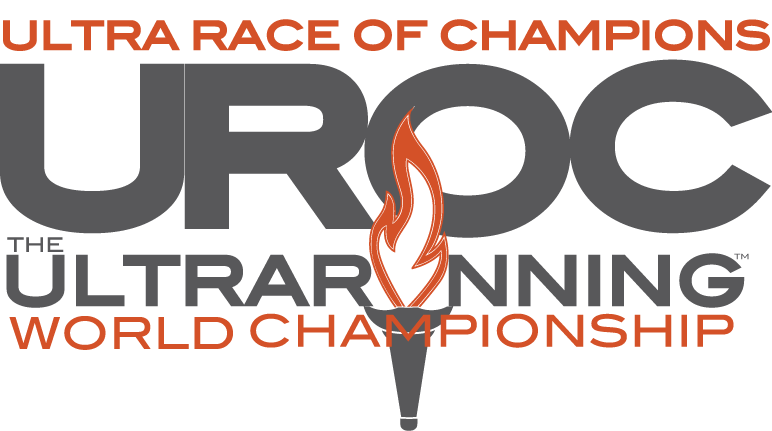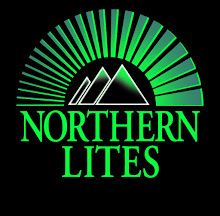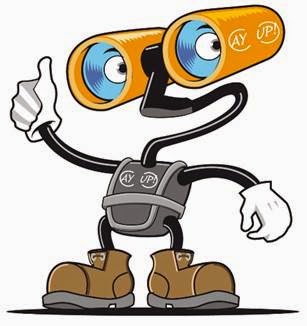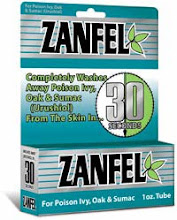







Walking in the shoes of another, they say (I think), facilitates personal growth. I discovered last weekend that this also applies to skiing in someone else's boots, as it were.
The unfamiliarity started just before 6:00 a.m., in the dark, as a priestly figure stepped before us, donning the lengthy robe, tall hat, spectacles, and full accouterments suitable to his position. His rhythmic blessing of our journey momentarily quelled the nerves before we set off in a frenzy of skis, poles, and racers, all jockeying for position on a track too narrow for our numbers. Collisions occurred, gear tangled, skiers crashed. The 2010 Elk Mountains Grand Traverse had begun!
In Crested Butte, Aspen, and the 42 miles of unpopulated wilderness between, people talk about the Grand Traverse like it's the Ironman. Conversation at a typical mid-summer BBQ in either of Colorado's premier ski towns often centers around the race.
"Oh, he sounds like a strong teammate!"
"Are you using rando stuff or nordic equipment?"
"Check out these new skins."
"Have you seen the new carbon boots?"
"Do you think they can beat Kloser?"
Professional athletes, amateurs, and hard-ass weekend warriors continue in this banter, focusing the entire winter season on one race, and my wonderful wife, Amy, has gotten pretty good at making fun of our "gear talk."
In reality, the Grand Traverse (GT, in local vernacular) is actually a little bit like the Ironman. It may not be covered by CBS, but it does take just about as long. Like a triathlon, the GT requires adept skill in three disciplines: skiing downhill, skiing uphill with climbing skins, and skiing on flat ground or gradual inclines using a skating motion. Also, like a triathlon, those who are new to the sport often find themselves in new territory, competition-wise. After a race, I sometimes wonder about the mid-pack rookies who are still out there ("Man, can you believe people are still going!")...well, I got my chance to see what it's like.
To avoid mid-afternoon avalanche danger high on snow-packed mountain ridges, the GT usually starts at midnight. The backcounty course winds through Crested Butte, over the ski mountain, down one river valley, up another, past a remote hut, over a high pass, down the other side, up another pass, onto a ridgeline, into Aspen Mountain Ski Area, past movie stars' houses, and down to Aspen. Competitors must race in teams of two for safety's sake. It's 42 miles of fabled backcountry travel, and anything can happen. And last Friday evening, just before the scheduled start, it did.
A huge storm blew in, and snowmobiles where thrown sideways by gale-force winds as they tracked the course in a white-out. Just before 7:00 p.m., the race director decided that the Grand Traverse would become the "Grand Reverse." We would start the next day at 6:00 a.m. and complete a large loop on the Crested Butte side of the course. The distance would be almost as far, but we would not journey to Aspen.
For our team, the change meant little more than a bit more sleep before the start; we were still excited to get after it! I teamed up with my good friend, James Kovacs, an Ironman finisher, training buddy, and strong adventure athlete. We did not expect to win, but figured that a winter of skiing at least twice a week had prepared us for a solid finish towards the front of the pack. Re-evaluation of our expectations occurred shortly into the race.
As I mentioned, the course begins with a flat-as-Iowa loop around a meadow. Skating is required to propel oneself across flat ground...and we had done almost no skate training. In fact, James has been skate skiing less than ten times in his life. In a sea of headlights and flying poles, every man is for himself at the start. We made a plan to regroup, if separated, when the climbing begins at a road crossing. Moments into the race, James was the casualty of a collision. Back on his feet shortly thereafter, he was taken out again, this time losing a ski. He set the tone for perseverance throughout the day and got back on his horse, but it was clear that regaining positions after the crashes had taken significant toll on his energy reserves when we regrouped about 20 minutes into the race.
"Don't worry, James, I think that's the only section of the course where we'll need to skate," I remarked as we slapped on skins and began climbing. James hammered down some food and began to recover on the climb up and over Mount Crested Butte, and he looked like his usual quick-self flying down the other side as a tried to keep up.
As we hit the East River Valley, however, I ate my words when it became apparent that we would have to skate a few miles before climbing with skins again. The second significant skate again took a toll on James, who was wearing skis that are great for descending but not suited to skating.
Finally, the first steep uphill of the course. We trained all winter at Echo Mountain, a steep climb that gains 600' in less than half a mile, so we were excited to hit what we thought would be a steep climb up to the Friends Hut. Wrong again. The course does climb, but the route is gradual, and, we discovered, full of technical aspects we had not seen before.
Near the top, seeing our friends Wick and Smithy (they do have real, full names, but, like everyone in Crested Butte, go only by snazzy nicknames) descending in the lead blew some wind in our sales. We enjoyed a cruisy, beautiful descent as our surroundings developed into a warm, sunny, blue-bird Colorado day.
Climbing again on Strand Hill, James and I finally got the steepness we had hoped for, and we passed a few teams. On the other side, the skating began again and they passed us. Realizing that skating again up the East River might really be trouble, we elected to skin it out.
The race was on, us against the other mid-packers, and we dug with all we had. Up and over the steep backside of Mount Crested Butte we hammered hard, and we were happy to pass four or five teams in the last hour of racing. After a few false summits before the finish line ("This is unbelievable!" I remarked more than once, now simply running up the hills to avoid any more transitions with skins), we finally crested the top and saw the finish line below.
Hundreds of spectators had gathered to watch racers crash as they undertook the gnarliest descent of the course on wobbly legs. Thankfully, we made it through unscathed, happy to be done and proud to have gritted it out, done our best, and never given up in unfamiliar territory.
It's now almost April, my skis are hung, and I'm ready for some summer sporting endeavors. Will I be ready to give the GT another shot a year from now? Probably so.
Thanks to Amy, Jerica, Dave, and Jon, our tireless suppor team for the race. Thanks also to the Merrell/Akali Adventure Team, for making this sort of nonsense possible.
Up next is the Teva Mountain Games in early June, followed by the big team adventure races of the summer and fall.
Also pictured here are Amy, who's training for her first bike race, and my Grandfather, Jack Macy, outside of his favorite restaurant, Poopie's, with me.





























































